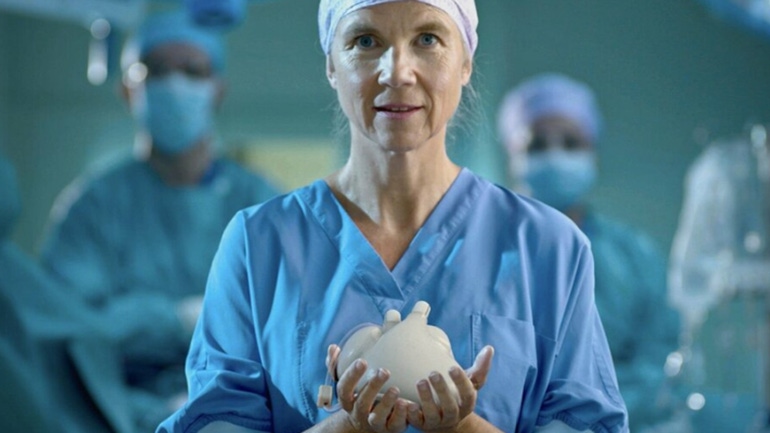Dutch Program Pumps €10M into Soft Robotic Heart Development
The soft robotic heart is being developed by a consortium of researchers from four European countries.
July 26, 2023

The Dutch Research Agenda has pumped €10 million into the Holland Hybrid Heart consortium to further develop a soft robotic heart that the as an alternative to a heart transplant. The researchers aim to have the device ready for implantation within 10 years.
The consortium consists of six partners from four European countries, including four academic groups and two R&D intensive SMEs.
"We want to offer patients a good and viable alternative to transplantation with a natural heart," said Jolanda Kluin, a cardiothoracic surgeon at Erasmus MC Thorax Center and the leader of the collaboration.
Worldwide, there are over 23 million people with heart failure waiting for a donor heart, which are in short supply.
HybridHeart will consist of a soft robotics shell with artificial muscles and sensors to enable a complete natural motion and a tissue engineered inner lining to ensure biocompatibility of blood-contacting surfaces. The group's end goal is to provide a permanent cure for heart failure patients.
According to Eindhoven University of Technology (TU/e), Kluin got the idea for a soft robotic heart when she saw the work of TU/e researcher Bas Overvelde, who works with robots made of soft and flexible materials that are designed to respond to changes in their environment, like a robotic octopus or a starfish.
"These kinds of artificial muscles, made of soft materials, are ideal for building an artificial heart that mimics the functioning of a natural heart," said Overvelde, an associate professor in mechanical engineering.
The inner lining of the Hybrid Heart consists of cells from the patient receiving the device, the researchers noted, which is expected to prevent the formation of blood clots and rejection of the robotic heart.
"We are going to calculate the interplay between the deformation of the artificial heart muscle and the functioning of the inner lining in preventing blood clots with computer models. In this way, we can arrive at a good design of the Hybrid Heart in a short period of time," said Frans van de Vosse, a professor of cardiovascular biomechanics at TU/e.
About the Author(s)
You May Also Like



.png?width=300&auto=webp&quality=80&disable=upscale)
